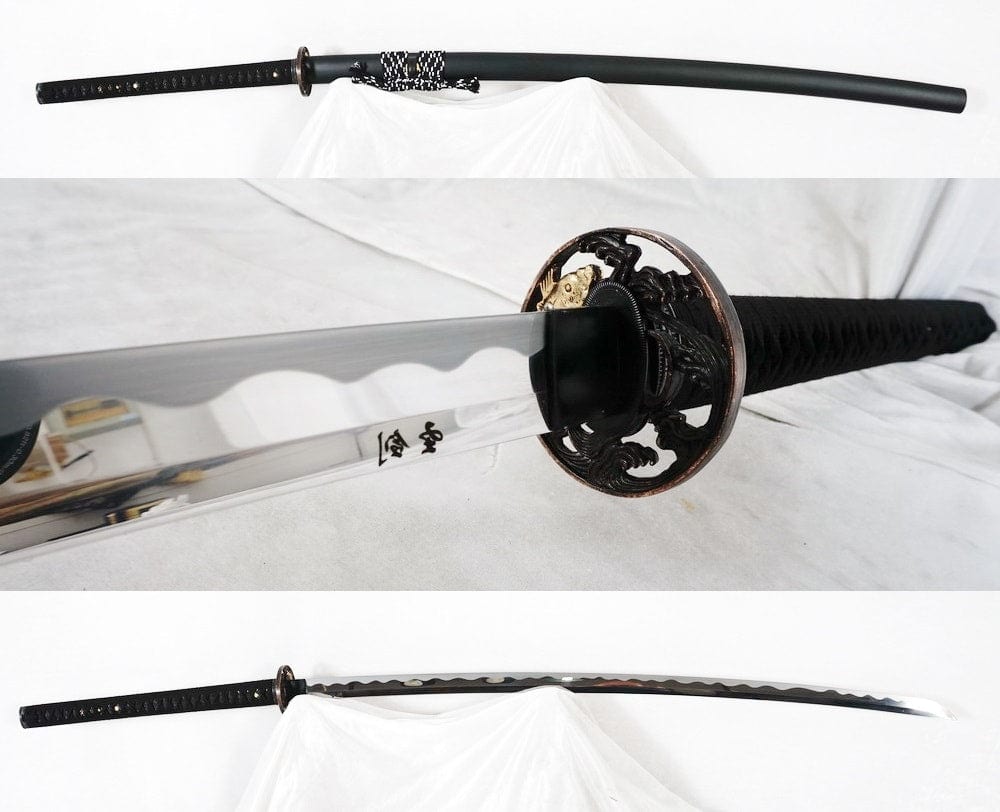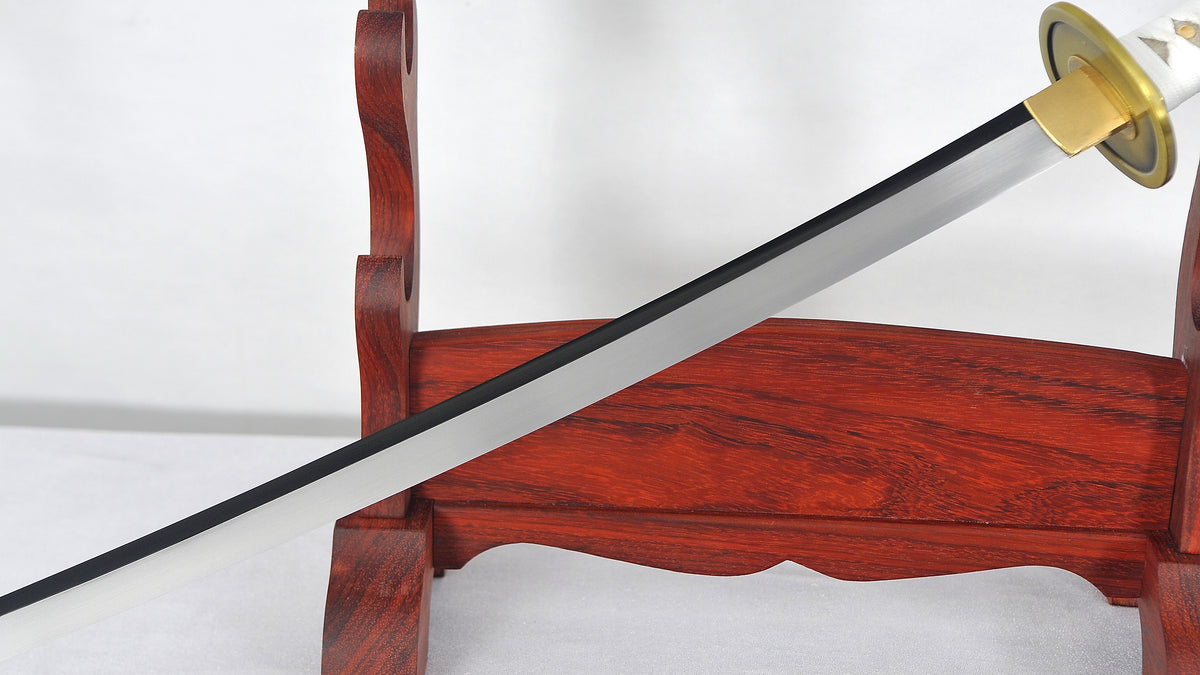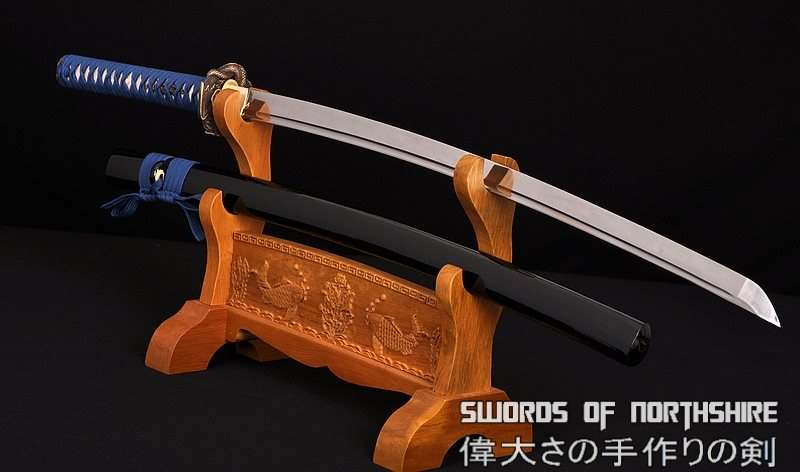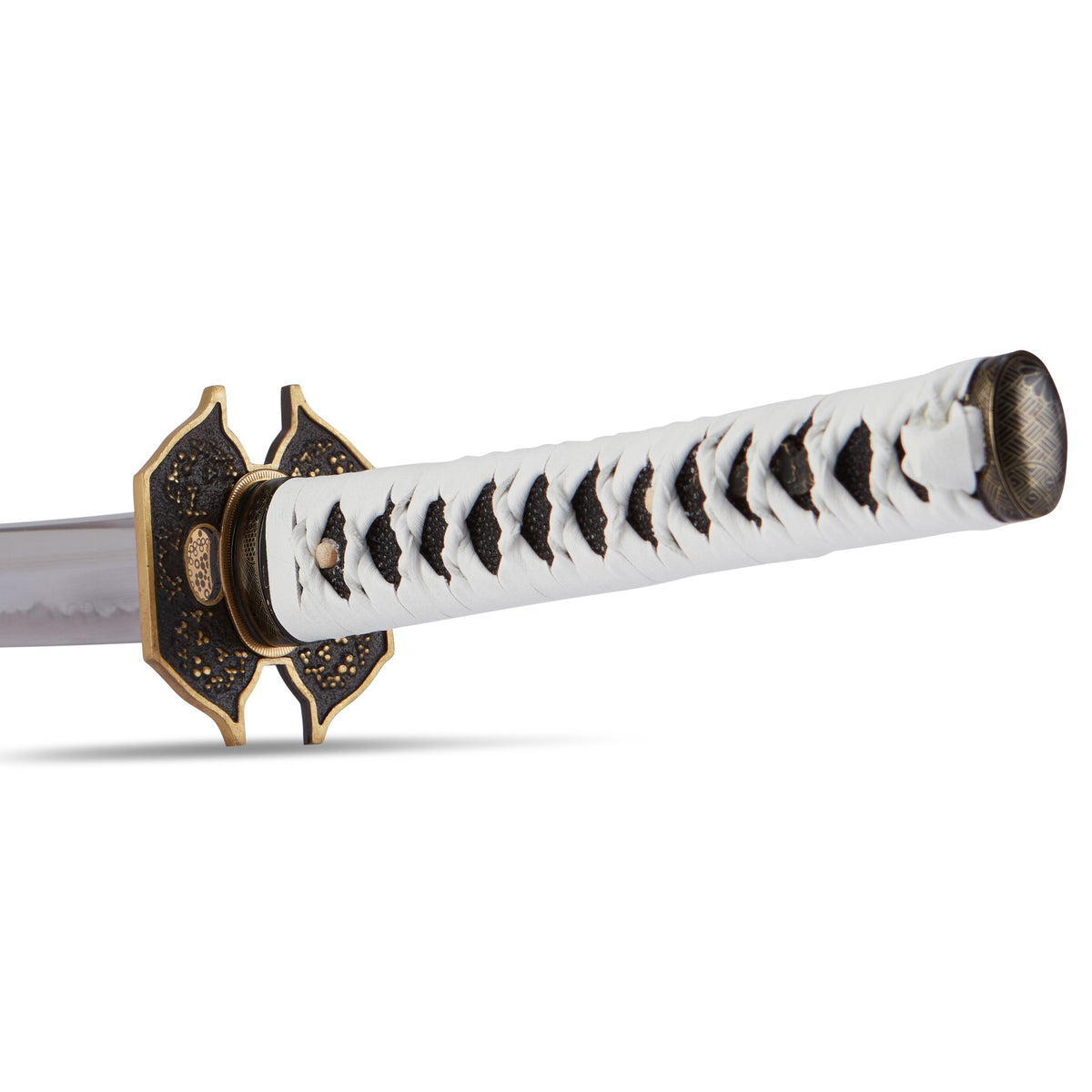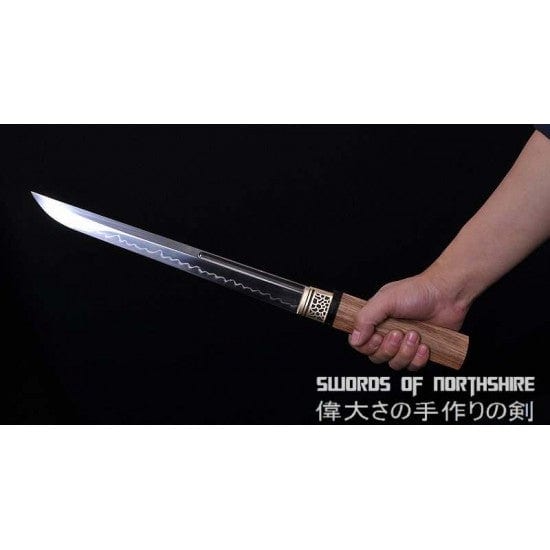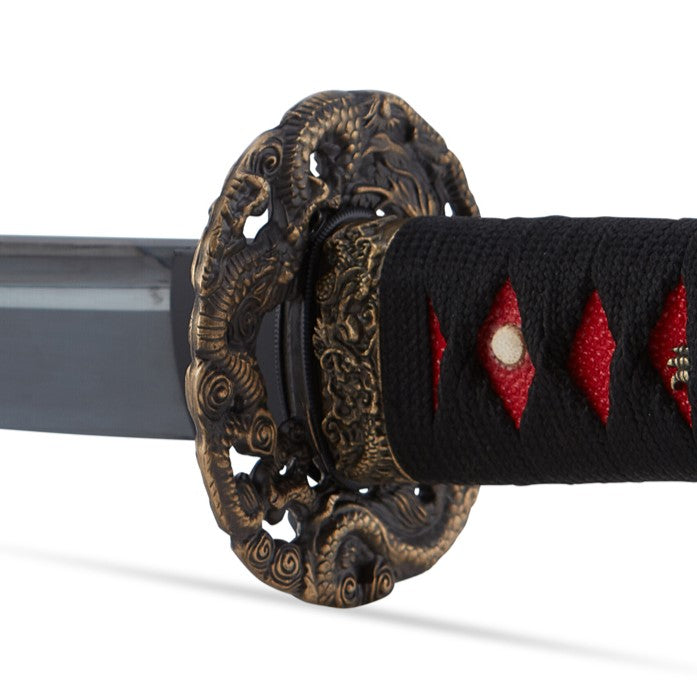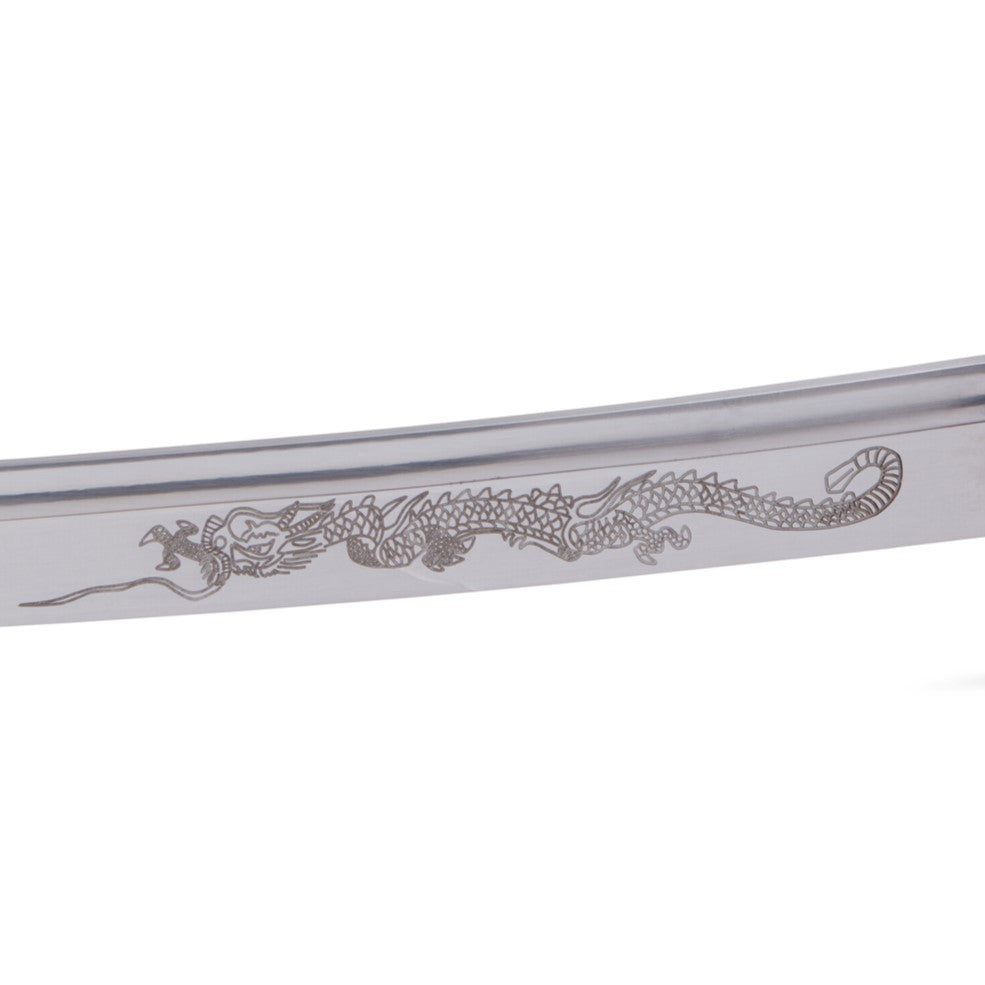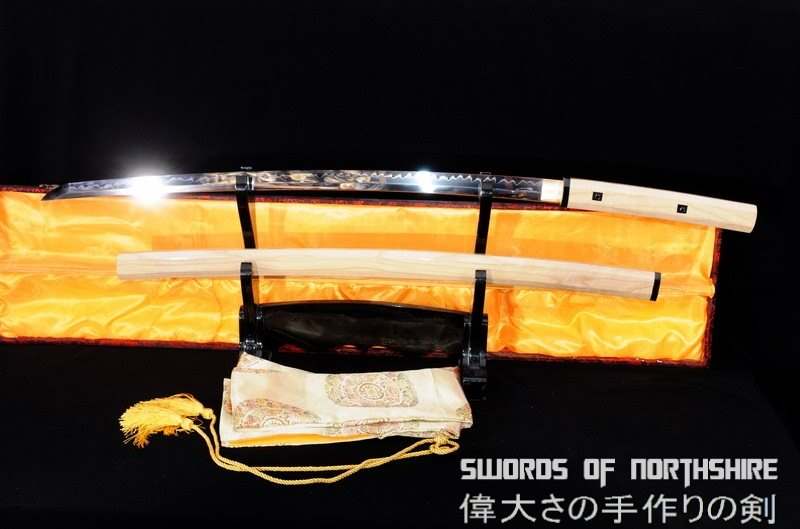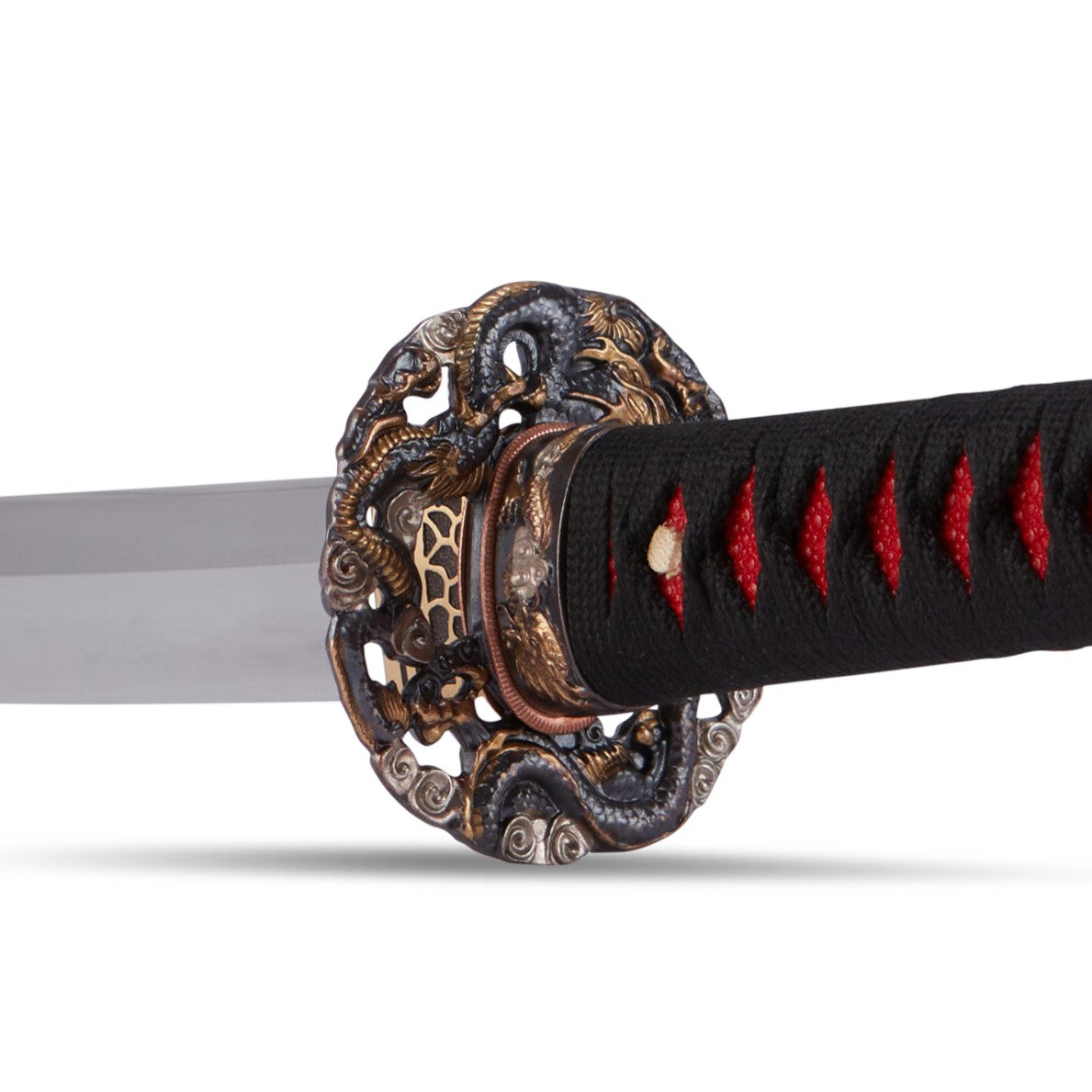Takeda Shingen, The Tiger of Kai
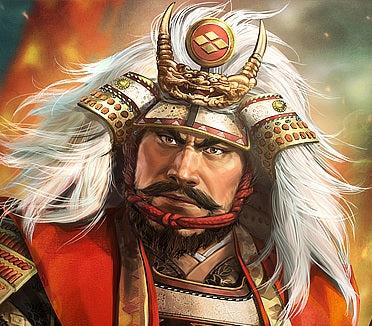
A name that is often mentioned in the ancient Japanese chronicles is Takeda Shingen, the firstborn son of the Takeda clan leader and Daimyo of Kai, Takeda Nobutora. We know that Shingen would become a major player in Japan’s Sengoku era, and would go on to become a feared warlord, one that was not to be trifled with. From the young age of fifteen, he had already proved himself to be a valuable asset to the Takeda family by assisting with general duties. In fact in 1536, when his father Nobutora went up against a former retainer, Hiraga Genshin, in the Battle of Un no Kuchi, Nobutora was forced to retreat from Genshin’s fortress. For whatever reason, Nobutora was unable to take the fortress and quell Genshin’s men, therefore Nobutora took his men and fled from the battle. Unknown to anyone, Shingen would make his move and would lead a small group of warriors into the fortress, catching Genshin off guard, who had assumed the fighting was done. Using this element of surprise, Shingen was able to take the fortress and kill Genshin, all at the age of just fifteen.
In just four years, when Shingen was nineteen, he would turn against his own father and usurp him for control of the clan. How this change of leadership came about has never been documented, but it’s assumed that Nobutora was going to name Nobushige, his second son, as his heir instead of Shingen. Naturally, Shingen and many of his supporters were not happy. Nobutora was shipped away to be kept in custody of Imagawa Yoshimoto of the Imagawa clan. This would see to an alliance between Imagawa and Takeda, making for one massive army.

Takeda Nobutora
Now as the leader of the Takeda clan, Shingen sought to gain control of the area around him. He wanted the Shinano province first and foremost; although a number of major warlords had already anticipated his move and had marched to the borders of the province, hoping to defeat him whilst he was still young and before he could expand. 12,000 men were said to be gathered by the warlords on the borders, but they were not expecting Shingen to be such a bold, young man. He would lead an army of just 3,000 men, and once again using the element of surprise, he was able to subdue the 12,000 men of the warlords at the Battle of Sezawa. This would set the stage for Shingen to move up into the Shinano province and begin his takeover, before committing to the Siege of Uehara in 1541 which would see him begin to control the region.
Shingen would become very busy between 1541 and 1548, where he’d spend much of his early and mid 20s in battles on his quest to take over she Shinano region. He would commit to many sieges throughout the years, massacring his enemies and absorbing their strongholds as he moved from territory to territory. It was not until he conquered the Shinano region, where Shingen engaged Uesugi Kenshin of the Uesugi clan of the Echigo province, that a legendary feud would spark between the two, and they would face each other five times in the Battle of Kawanakajima. The battle would come about because Ogasawara Nagatoki and Murakami Yoshikiyo, two Daimyo from the Shinano province, were banished by Shingen upon his invasion. They returned to Uesugi Kenshin for help in reobtaining their land back and likely had offered Kenshin some form of compensation for his efforts.
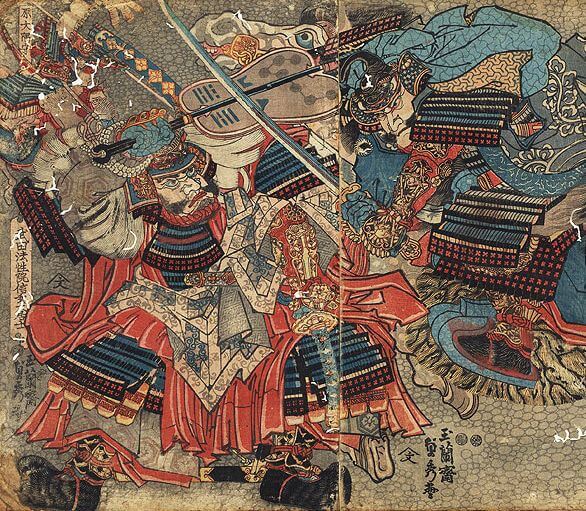
Takeda Shingen vs Uesugi Kenshin
For the most part, these skirmishes at the Battle of Kawanakajima were controlled and confined battles, where neither side wished to engage in an all-out attack, but it’s these battles at Kawanakajima that would go on to illustrate and romanticize the feudal era in later generations and would be featured quite prominently in literature, printing, and media. In fact, one account that has immortalized Kenshin and Shingen is that they actually met on the battlefield in a fourth battle in single combat amongst a mess of flying limbs and swords. The tale has Kenshin attacking Shingen with a sword, while Shingen defended with his iron war fan. Both men, however, took many losses during this battle.
After the fourth battle, Shingen would suffer betrayals where he uncovered two plots on his life, the first from his own cousin, Suwa Shigemasa, who was ordered to commit seppuku; and the second from his own son, Takeda Yoshinobu. Yoshinobu was confined to the Tokyo temple where he died two years later. Whether he killed himself or died from natural mean is unknown. After this incident though, Shingen would allocate his fourth son, Takeda Katsuyori, as his heir until Katsuyori’s son came of age.

Seppuku (ritual suicide)
The most notable battle of Shingen’s life however, is likely the Battle of Mikatagahara in 1562, against the combined juggernaut that was Tokugawa Ieyasu and Oda Nobunaga. Having already obtained alliances with his rivals in the east, the Hojo clan and the Satomi clan, Shingen had an army of 30,000 men strong which he hoped to use directly against Nobunaga to stop him once and for all. Unfortunately, he would first come into contact with Nobunaga’s right-hand man, Tokugawa Ieyasu himself, at Hamamatsu Castle, who had 8,000 men and an additional 3,000 sent by Nobunaga upon Ieyasu’s request. It seems that Ieyasu knew of Shingen’s might and didn’t want to take any chances fighting him alone. However, Shingen actually had no interest in battling Ieyasu, and probably would have moved right past him and onto Nobunaga if he had been permitted. Shingen outnumbered Ieyasu 3 to 1, but Ieyasu was intent on not allowing Shingen to pass unhindered.
Snow would begin to fall and the gunmen in Ieyasu’s army would open fire along with a group of peasant stone-throwers. Firearms were of course new to Japanese warfare, and thus Ieyasu believed that such superior weaponry would have made quick work of Shingen’s forces, despite having the considerably larger army, but Shingen let loose a charge of his cavalry, with men on horseback wielding lances who rushed the gunners and overran them during their reloading sequences. The allies provided by Nobunaga were overwhelmed and pretty soon Shingen had Ieyasu on the run and in full retreat.

Cavalry advancing with spears
The battle had gone quite badly for Tokugawa Ieyasu, and panic spread through the streets and amongst his own army. Ieyasu however insisted that the castle gates remain opened, and that the braziers be lit so they could guide retreating warriors back home safely. A large war drum was also beaten so as to call home the warriors who were still on the battlefield. But Shingen misinterpreted the open gates and the banging of the war drums, and assumed that Ieyasu was plotting a trap; this caused him to make camp for the night.
During this time, Ieyasu was said to have hired ninjas to sneak into Shingen’s camp, and attack while they slept. This threw Shingen’s camp into disarray, and quickly he ordered his men to withdraw into his own territory. He also became increasingly aware of the possibility that either Oda Nobunaga or Uesugi Kenshin were on their way to join the fray against him. Therefore, his retreat comes as no surprise and much to the relief of Ieyasu, who would have been easily defeated had Shingen made an advance on the castle. It’s during this retreat that begins the mystery of Shingen’s death. We know that Shingen would die shortly after his retreat from this camp, but the exact circumstances are unknown, which is quite baffling for a man of his fame. Some accounts have it that he died from an old war wound, while others say that he was shot by a sniper and fatally wounded. Some say that he died from pneumonia, while others suggest he may have faked his own death; for what reason though, we do not know.

Statue of Takeda Shingen
After his death, Takeda Katsuyori became the head of the Takeda clan as requested by Shingen. Katsuyori, like Shingen, was ambitious although perhaps too much so. He moved against Tokugawa Ieyasu immediately and showed no fear when engaging both him and the forces of Oda Nobunaga at the same time. However, the crushing blow came about when Nobunaga’s riflemen were able to destroy the Takeda cavalry. In the Battle of Tenmokuzan in 1582, Ieyasu was able to defeat Katsuyori. After the battle, Katsuyori committed seppuku, and the Takeda clan became a thing of the past. Upon Shingen’s death, it’s said that Uesugi Kenshin cried and showed deep grief for having lost his most feared rival. One of the biggest tributes to Shingen’s life however, comes from Tokugawa Ieyasu himself, who adopted many of the old Takeda governmental and military policies for use in his own rise to power, inside the Tokugawa Shogunate.
Best Sellers
- Regular Price
- from $199.99
- Sale Price
- from $199.99
- Regular Price
-
- Unit Price
- per
- Regular Price
- from $299.99
- Sale Price
- from $299.99
- Regular Price
-
$0.00
- Unit Price
- per
- Regular Price
- from $179.99
- Sale Price
- from $179.99
- Regular Price
-
- Unit Price
- per
- Regular Price
- from $619.99
- Sale Price
- from $619.99
- Regular Price
-
- Unit Price
- per
- Regular Price
- from $319.99
- Sale Price
- from $319.99
- Regular Price
-
- Unit Price
- per
- Regular Price
- from $339.99
- Sale Price
- from $339.99
- Regular Price
-
- Unit Price
- per
- Regular Price
- from $219.99
- Sale Price
- from $219.99
- Regular Price
-
- Unit Price
- per
- Regular Price
- from $199.99
- Sale Price
- from $199.99
- Regular Price
-
- Unit Price
- per
- Regular Price
- from $364.99
- Sale Price
- from $364.99
- Regular Price
-
- Unit Price
- per
- Regular Price
- from $479.99
- Sale Price
- from $479.99
- Regular Price
-
$0.00
- Unit Price
- per

